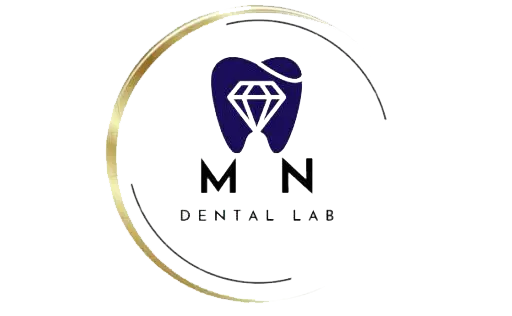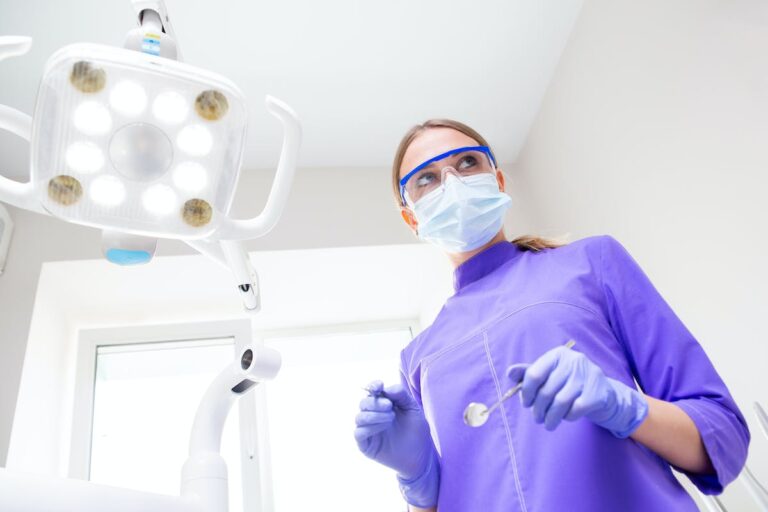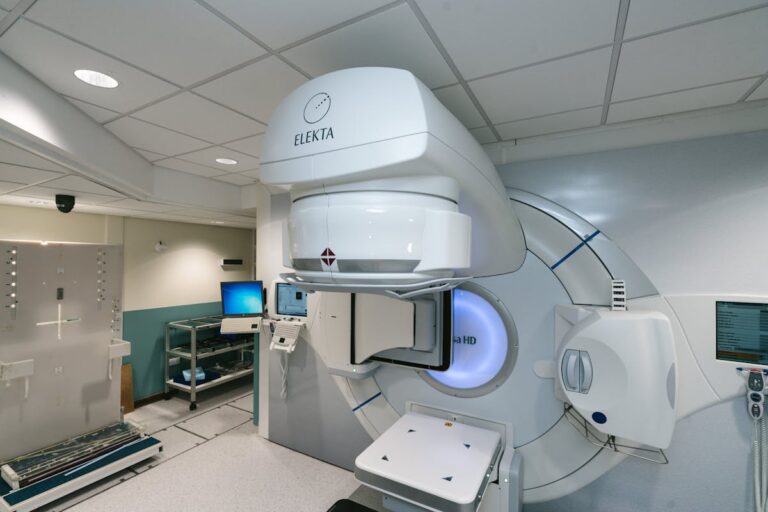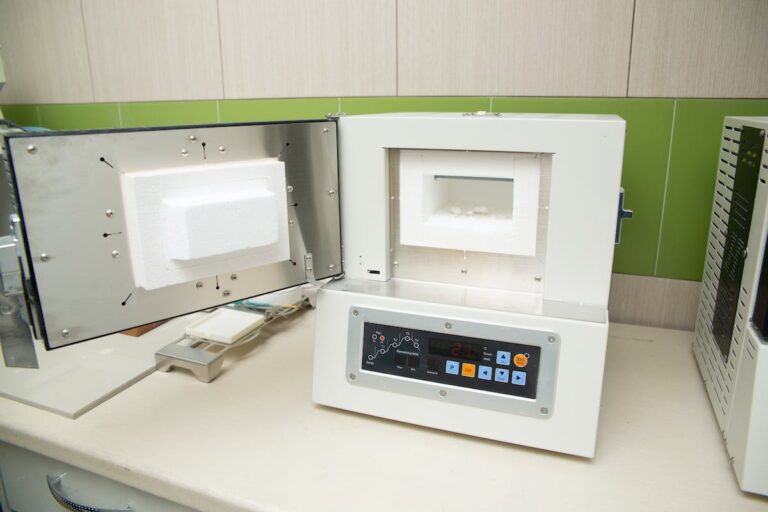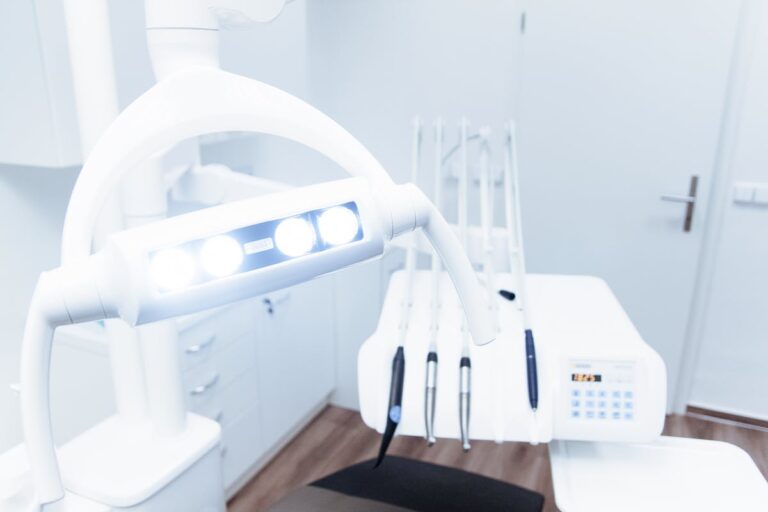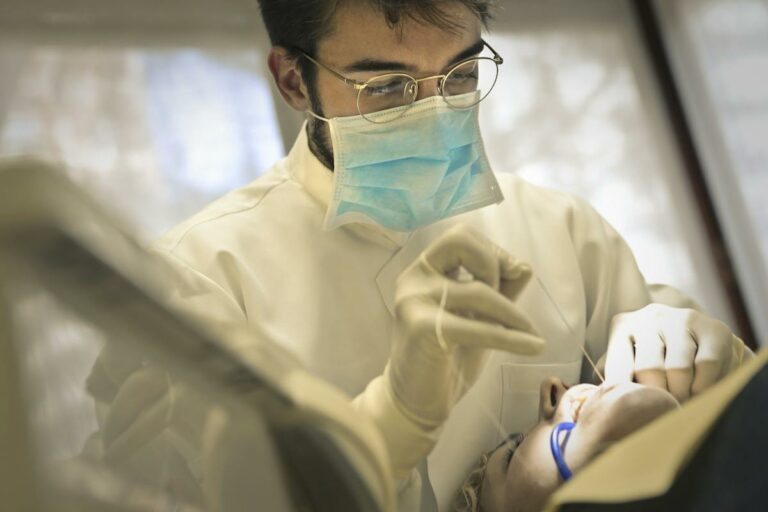Dental technology is transforming, experts highlight. AI improves diagnostics accuracy, while 3D printing customizes prosthetics. Innovations like smart toothbrushes and teledentistry aim to revolutionize patient experience. Yet, accessibility, ethical issues, and impact on traditional practices prompt questions. This exploration illuminates future dental care landscape.
The Rise of 3D Printing
3D printing technology’s introduction has transformed dental technology, enabling precise and custom dental solutions like implants, crowns, and bridges. The technology enhances material recycling and cost efficiency, making dental care more sustainable and accessible.
3D printing’s material recycling capability is a key advancement. It allows reusing excess materials, reducing waste and the environmental impact of dental manufacturing. This sustainable method aligns with global conservation efforts and lowers production costs. The precision of 3D printing also optimizes material usage, maintaining product quality while improving cost-efficiency.
Cost analysis shows that 3D printing reduces overall expenses in dental prosthetics manufacturing due to its efficiency and waste reduction. These savings benefit patients by making quality dental care more affordable. Therefore, integrating 3D printing technology in dental labs signifies a shift towards sustainable, cost-effective, and patient-focused dental care.
AI in Diagnostic Precision
AI is enhancing dental diagnostic precision by merging with imaging technology. This union allows early anomaly detection, bettering patient outcomes. However, ethical concerns and machine learning limitations exist.
AI in dentistry raises data security and privacy concerns. The need for large data sets for AI learning necessitates stringent data protection measures. Also, the possibility of bias introduction by AI into diagnostics requires careful monitoring and frequent algorithm refinement.
Machine learning limitations, such as data input quality and the requirement for large training datasets, hinder perfect diagnostic precision. These issues highlight the need for AI to complement, not replace, dental professional expertise.
Despite these challenges, integrating AI into dental diagnostics can improve patient care and usher in a new precision era in dental medicine.
Smart Toothbrush Advancements
Smart toothbrush advancements integrate advanced technology to boost brushing effectiveness and user experience. Innovations use sophisticated sensors and algorithms for real-time brushing habit feedback, promoting optimal oral hygiene. Brushing analytics in these devices offer personalized oral care insights, facilitating informed adjustments for better dental health.
Improved battery life in smart toothbrushes enhances user convenience and sustainability. Extended battery life reduces charging frequency, increasing user satisfaction and reducing energy use.
Teledentistry’s Growing Impact
Teledentistry, a pivotal technology in the evolving dental healthcare landscape, enhances access to services, enables remote diagnostics, and facilitates virtual consultations. Through advanced communication tools, this digital transformation overcomes geographical barriers, simplifies scheduling, and optimizes patient care. It expands service accessibility and increases efficiency in dental diagnoses and consultations.
Teledentistry Accessibility Enhancements
Teledentistry has seen substantial accessibility advancements in recent years, transforming dental service delivery worldwide. Mobile outreach programs have been crucial in this change, bridging the gap between dental professionals and underserved populations. These platforms use telecommunications to bring dental consultations and care directly to patients, regardless of location. However, the expansion faces regulatory challenges that differ by jurisdiction, creating a complex landscape for teledentistry providers. These providers must understand local and international telehealth laws to ensure their practices are effective and compliant. Therefore, technological innovation and regulatory compliance must be balanced to improve teledentistry accessibility.
Remote Diagnostic Capabilities
Teledentistry advancements have amplified remote diagnostic capabilities, enhancing dental care delivery efficiency. Key tools include smart mirrors and diagnostic algorithms. These technologies streamline diagnostics, ensuring accuracy and reliability.
- Smart mirrors assist patients in conducting self-examinations, capturing high-quality oral cavity images.
- Algorithms analyze these images, identifying dental issues with exceptional precision.
- This innovation reduces in-person visits, benefiting both patients and dentists by saving time.
- It enables early dental problem detection, allowing prompt intervention.
- These improvements democratize dental care access, especially beneficial for remote or underserved areas.
Virtual Consultation Benefits
Teledentistry, a growing field, leverages virtual reality for improved patient care and dental practice efficiency. This technology simulates dental procedures, providing comprehensive comprehension and visualization of potential outcomes. Such an approach educates patients about complex dental concepts, empowering them to make informed decisions about their oral health. The integration of virtual reality into teledentistry enhances the consultation process’s accessibility and convenience. This advancement shifts how dental professionals engage with patients, leading to better treatment outcomes and patient satisfaction.
Augmented Reality in Orthodontics
Augmented Reality (AR) revolutionizes orthodontics by enhancing patient experience and precision in treatment. AR provides an immersive interface, giving orthodontists and patients innovative tools. AR training and patient education simulations enable a deeper understanding of orthodontics.
- Visualization Empowers Patients: AR helps patients visualize potential treatment outcomes, fostering involvement in care decisions.
- Precision Enhancement: Orthodontists use AR to plan treatments accurately, minimizing unforeseen issues and optimizing results.
- Interactive Learning with AR: Dynamic AR training enhances dental professionals’ skill acquisition and retention.
- Patient Education Improvement: Simulations provide patients a clear treatment understanding, reducing anxiety and improving compliance.
- Real-time Feedback with AR: Immediate visual feedback from AR streamlines treatment, improving patient satisfaction.
AR, a present reality in orthodontics, sets a new patient care and professional excellence standard.
Digital Impressions and Scans
Digital impressions and scans, vital for modern dental diagnostics and planning, offer improved accuracy and patient comfort. However, high initial costs and specialized training requirements pose adoption challenges. Future digital scanning advancements aim to enhance dental care efficiency, accessibility, and outcomes.
Benefits of Digital Scans
Digital scans in dentistry offer several benefits, including:
- Scan Accuracy: Digital impressions capture dental structures with high precision.
- Patient Comfort: Unlike traditional methods, digital scans are non-invasive, enhancing patient tolerance.
- Turnaround Time: Quick processing of digital data reduces patient wait time for treatments.
- Eco-friendly Approach: The absence of physical molds in digital impressions minimizes waste.
- Workflow Integration: Digital scans easily merge with dental workflows, boosting efficiency.
Implementation Challenges
Regulatory complexities and cost barriers pose significant challenges to digital impressions and scans implementation in dentistry. The extensive documentation and compliance to stringent standards required for new digital technology approvals ensures patient safety and data privacy, but prolongs the process. High initial investments and continuous maintenance costs make advanced scanning and imaging equipment acquisition difficult, particularly for smaller dental practices. Despite their potential to revolutionize dental care, these financial hurdles deter technology adoption.
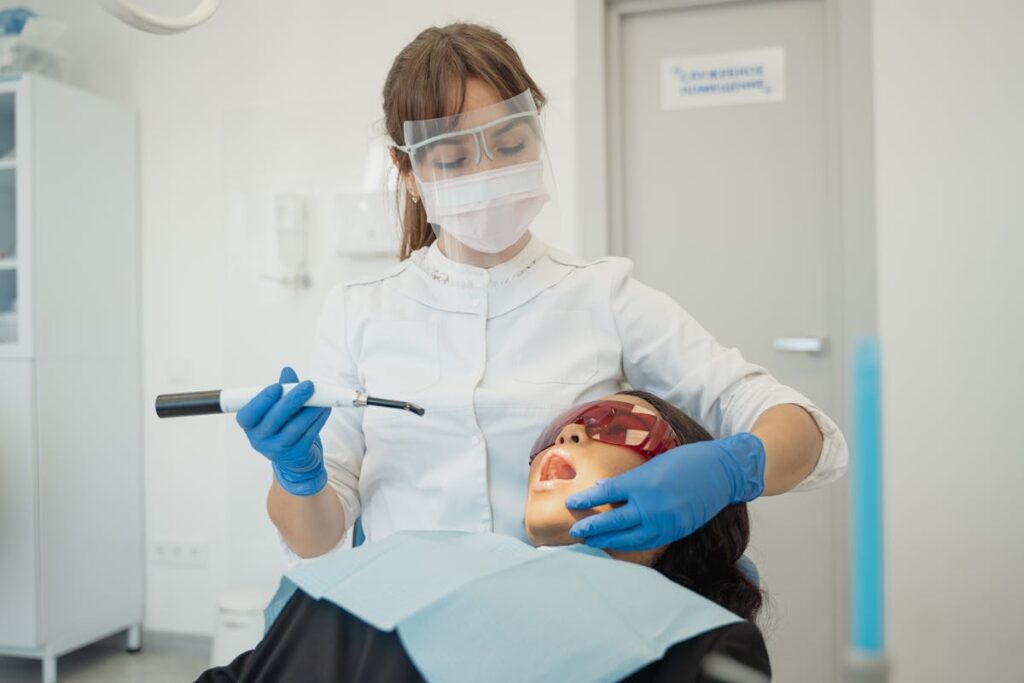
Future Tech Innovations
The dental industry is advancing with digital scans and impressions, facing challenges yet promising future tech innovations. These include:
- Nanotechnology applications integration, enabling precise diagnostics and treatment.
- Use of smart materials for dynamic response to oral environment changes.
- Less invasive procedures for improved patient comfort.
- Workflow optimization for dental professionals, reducing procedure times.
- Personalized dental care advancement using digital scans for custom solutions.
Nanotechnology and smart materials application mark a significant change in future dental care delivery and experience.
Laser Dentistry Innovations
Laser dentistry advances oral care, offering meticulous treatments, minimal discomfort, and quicker healing. The approach combines laser technology for efficient dental procedures and emphasizes laser safety. Dental professionals receive special training to handle laser tools, ensuring patient safety and reducing exposure risks. This ensures trust and reliability in laser dentistry among patients and professionals.
In addition, laser dentistry innovations improve treatment speed. Lasers allow dentists to conduct intricate procedures in less time without sacrificing precision or results. This increases the practice’s capacity, reduces patient chair time, and speeds up recovery. Laser technology advancements strike a balance between optimal results and efficient dental care, setting a new standard in oral health.
Minimally Invasive Treatments
Dental technology’s minimally invasive treatments have advanced significantly due to laser dentistry and digital imaging. These tools allow precise targeting and swift treatment of dental problems, reducing patient discomfort and recovery time. Such technologies enhance the effectiveness, efficiency, and patient-friendliness of dental treatments.
Laser Dentistry Advancements
Laser dentistry advancements enhance treatment precision and efficiency, providing a promising alternative to traditional surgical methods. This technology integration improves patient outcomes and sets new treatment standards. Evaluating laser safety and cost analysis is crucial for assessing laser dentistry’s feasibility and effectiveness.
- Faster healing times are due to reduced tissue trauma.
- Minimal bleeding occurs during and post-procedures.
- Decreased anesthesia need increases patient comfort.
- High precision targets diseased tissues, preserving healthy ones.
- Lower infection risk post-treatment is due to the laser’s sterilizing effect.
These advancements indicate a significant shift towards patient-friendly and efficient dental care solutions.
Digital Imaging Techniques
Digital imaging in dentistry revolutionizes diagnostic and treatment methods, enhancing precision and minimally invasive strategies. Improved patient outcomes result from detailed visualizations of dental structures, enabling effective treatment plans. Emphasizing radiation safety, modern systems minimize ionizing radiation exposure, protecting patients and professionals. Advanced contrast agents integrated into these systems increase image clarity and detail, identifying dental issues early. This development not only elevates care standards but also supports the trend towards less invasive dental treatments.
Customized Dental Materials
Custom dental materials provide tailored solutions for specific patient requirements, driven by advancements in bioactive technology and nanotechnology. They are not just aesthetic but also enhance biological compatibility and functional longevity.
- Personalized Care: Precision and comfort are improved as treatments are designed for unique dental anatomy.
- Bioactive materials: Support natural healing, leading to efficient tissue regeneration.
- Nanotechnology applications: Contribute to stronger, durable dental solutions resembling natural tooth enamel.
- Enhanced Aesthetics: Superior color matching makes restorations almost identical to natural teeth.
- Improved Durability: Designed to resist specific mouth wear and tear, extending dental restoration life.
This innovative approach boosts the quality of dental care and patient satisfaction.
Wearable Oral Health Devices
Wearable oral health devices offer real-time dental health monitoring and management. Integrated with advanced sensors and algorithms, these devices track parameters such as pH levels, temperature, and specific biomarkers, providing insights into oral health status.
The devices incorporate oral microbiome analysis, identifying potential imbalances leading to dental issues like cavities or gum disease. This analysis, formerly confined to labs, is now accessible daily, enabling informed oral health decisions.
Data from these devices offer tailored recommendations like diet adjustments and brushing techniques, enhancing oral care routines. Their integration into the healthcare ecosystem promotes preventive dental care, improving overall health outcomes.
Blockchain for Patient Records
Blockchain technology’s integration in dental care revolutionizes patient record management. It enhances data security, decentralizes access, improves accuracy, increases efficiency, and empowers patients.
Key advantages of blockchain in dental care include:
- Security: Blockchain defends against data breaches, maintaining data confidentiality and integrity.
- Decentralized Access: This facilitates seamless record sharing among authorized parties while controlling data visibility.
- Accuracy: Blockchain minimizes human error, ensuring precise, current patient records.
- Efficiency: The technology accelerates access to and management of patient records, saving time for dental professionals.
- Patient Empowerment: Blockchain grants patients ownership of health records, fostering transparency and trust in dental care relationships.
The Future of Dental Implants
Innovations in biocompatibility research and affordable manufacturing techniques are revolutionizing dental implant technology. Dental implants, a popular solution for tooth loss, offer durability, functionality, and aesthetics superior to traditional dentures or bridges.
Biocompatibility research focuses on creating new materials that mimic human bone properties and promote efficient jawbone integration. These advancements aim to reduce implant rejection risk and shorten post-surgery healing time, improving dental implant procedure success rates.
Efforts are also underway to make dental implants more affordable. Manufacturing innovations, such as 3D printing, are poised to reduce production costs. The industry is additionally exploring cost-effective materials that still maintain high-quality standards and biocompatibility.
These advancements in biocompatibility and affordability are making dental implants more accessible and appealing, catering to a wider patient demographic seeking permanent tooth loss solutions.
Frequently Asked Questions
How Do Advancements in Dental Technology Impact the Affordability of Dental Care for Low-Income Patients?
Dental technology advancements may escalate costs for low-income patients due to requisite technology training and insurance coverage variations for advanced treatments.
What Ethical Considerations Are Being Addressed in the Development and Implementation of AI in Dental Practices?
In AI development for dental practices, key ethical considerations include bias mitigation, equitable treatment outcomes, data privacy, and patient information safety. These factors are essential for professional integrity and trust maintenance.
Are There Any Significant Environmental Impacts Associated With the Increasing Use of High-Tech Equipment and Materials in Dentistry?
High-tech dental equipment and materials usage raises environmental concerns, specifically around waste management and material sustainability. Strategies for mitigation include recycling programs and eco-friendly materials in dental practices.
How Do Recent Technological Trends in Dentistry Address the Needs of Patients With Disabilities or Special Needs?
Digital impressions and tele-dentistry, recent technological trends, are enhancing accessibility and personalizing care for dental patients with disabilities or special needs, eliminating the necessity for physical office visits.
What Role Do Patients Play in the Decision-Making Process When It Comes to Adopting New Dental Technologies for Their Treatment Plans?
In the decision-making process for adopting new dental technologies, patients have a vital role. They embody empowerment, actively partake in choices, ensure technology accessibility, and aid in customizing treatment plans according to individual needs and preferences.
